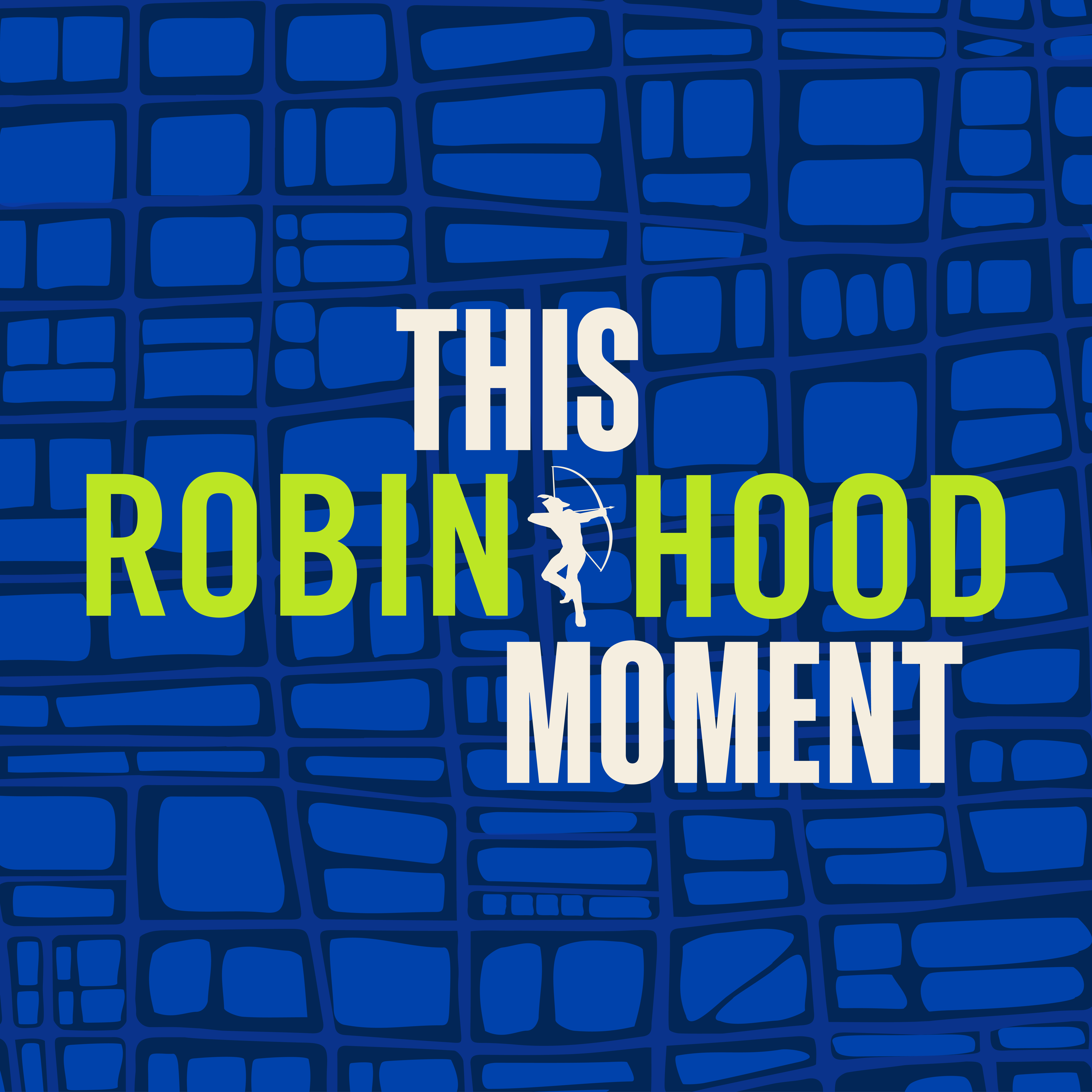February 2025
Spotlight on: Child Poverty Reduction Advisory Council Recommendations
A profile of families that stand to benefit from CPRAC, and the economic challenges they face.
Contributors: Sophie Collyer, Yajun Jia, Anastasia Koutavas, Schuyler Ross, Ryan Vinh, Christopher Wimer, and Christopher Yera
Issues Areas: Early Childhood, Financial Security, Households With Children
In 2021, New York State passed the Child Poverty Reduction Act. The law established a state-level advisory council — the Child Poverty Reduction Advisory Council, or CPRAC — tasked with developing policy recommendations that would meet the pressing goal of cutting the state’s child poverty rate by half in the next ten years.
CPRAC has since then been crafting a set of state-level policies to meet this objective and, in December 2024, released the report featuring their policy recommendations, which if implemented would cut the New York State child poverty rate by half. The proposals in this package span from improvements to the Empire State Child Credit (ESCC) and the state’s cash assistance programs, to establishing state-level housing voucher and food benefit programs. CPRAC’s analyses, commissioned from the Urban Institute, show that their recommendations would unquestionably reduce child poverty in New York City and State.
However, less is known about the actual children and families that would benefit from these policies — many of whom are living above the poverty line but whose families nonetheless experience economic hardships. Harnessing data from the Poverty Tracker, this spotlight enhances our understanding of how CPRAC’s recommendations could improve the lives of children in New York City who stand to benefit from them by providing concrete, real-life examples of the economic strains endured by their families.
78
%
Of NYC families with children stand to benefit from CPRAC’s policy recommendations.
34
%
Of CPRAC beneficiaries live in poverty, but the policies would benefit an even broader set of New York City families; half (50%) are low income, and the remainder (16%) are moderate income or higher.
CPRAC Policy Recommendations
The policy package most strongly recommended by CPRAC includes expansions to existing policies and the establishment of new state programs, as described below:
- Greatly expand the Empire State Child Credit, increasing the maximum value of the credit from $330 per child to $1,500 per child, and ensuring that children in low- and moderate-income families who may not be eligible for the full credit under current law would be fully eligible;
- Create a state housing voucher program that guarantees a housing voucher to all families that are income eligible for the federal Housing Choice Voucher Program but do not receive a voucher because funding for the federal program is limited;
- Expand the state’s Public Assistance program by increasing the value of the basic allowance by 100% and expanding eligibility that is constrained by asset tests, duration sanctions, and income disregards; and
- Establish a state food benefit for individuals and families who may not receive SNAP because of their citizenship status or that of others in their household.
